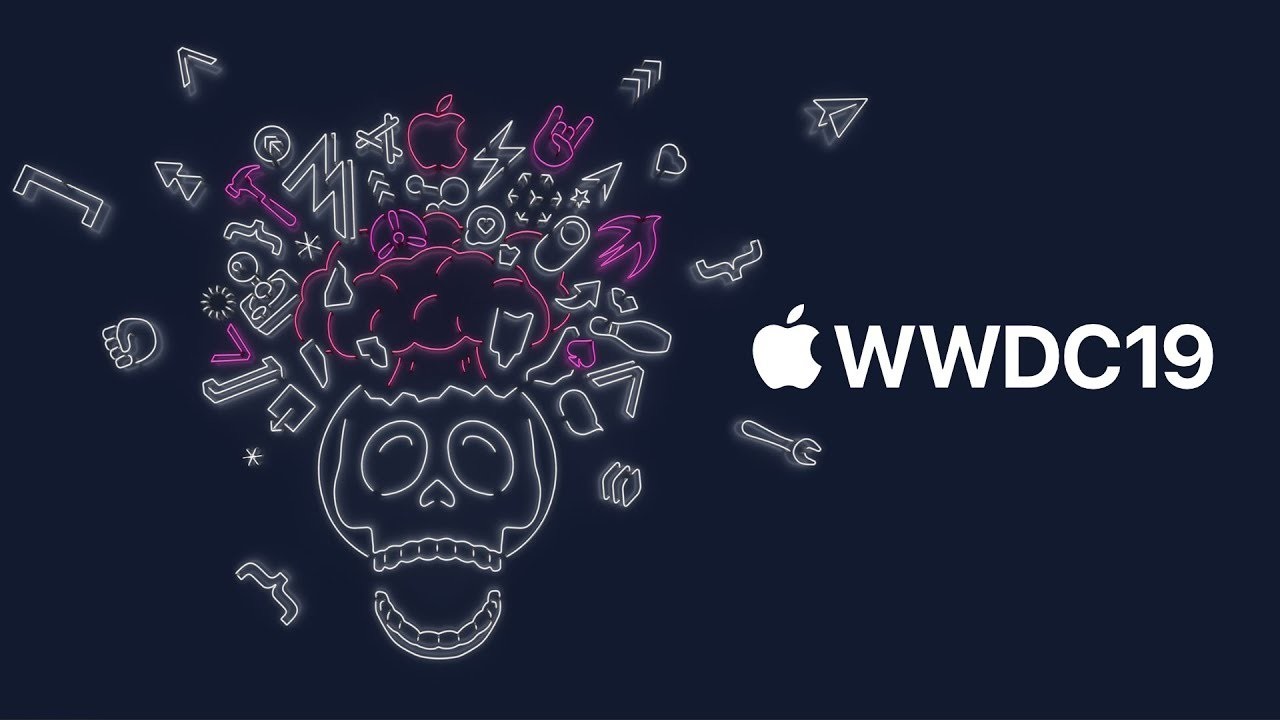Dandan Chang Wang
June 4, 2019WWDC 2019: SwiftUI, Combine & the Future of Apple Development

“ Thoughts on SwiftUI, Combine, and Apple’s cross-platform future from WWDC 2019 “
I just finished watching the WWDC 2019 keynote and wanted to share some quick thoughts while the excitement is still fresh. Apple packed the event with announcements that will reshape how we build apps across their entire ecosystem — and as a developer focused on Apple platforms, I couldn’t be more excited.
Major Announcements
- iOS 13: The long-awaited system-wide Dark Mode is finally here, along with big performance improvements, smaller app downloads, and beautiful UI refinements.
- iPadOS: Apple has officially split iOS and iPad into separate platforms. With new multitasking features, external drive support, and mouse input, iPads are becoming true productivity tools.
- macOS Catalina: iTunes is now three apps (Music, Podcasts, and TV). The new Sidecar feature lets you use your iPad as a second screen for your Mac — amazing for design and development.
- watchOS 6 and tvOS 13: watchOS now has its own App Store, and tvOS brings support for multiple users, Xbox/PS controllers, and more immersive UIs.
SwiftUI: A New Era
For me, the most exciting reveal was SwiftUI — Apple’s new declarative UI framework. It’s elegant, powerful, and promises to drastically reduce boilerplate code. Live previews, state-driven views, and layout with minimal code... this is a major shift.
We’re already experimenting with the new View structures, @State, @Binding, and the beautiful animations built right into the framework. It feels like Apple is finally giving us the native tools we've always wanted.
Combine Framework
Alongside SwiftUI, Apple also introduced Combine, a reactive framework for handling events, data streams, and asynchronous operations. It’s clear Combine is designed to complement SwiftUI — the combination of both promises cleaner, more modular codebases.
Cross-Platform Future
Between Catalyst (to bring iPad apps to macOS) and SwiftUI (which works across iOS, iPadOS, macOS, tvOS, and watchOS), it’s clear Apple is moving toward true code reuse across platforms. This could be a major leap forward for indie developers and teams alike.
What’s Next?
Today I’ll be diving into the first SwiftUI labs and exploring the new Xcode 11 beta. My goal is to build a quick prototype using SwiftUI and Combine — and see how easy (or painful) the transition really is from UIKit.
If you haven’t yet, check out these sessions:
- “Introducing SwiftUI”
- “SwiftUI Essentials”
- “Combine in Practice”
Final Thoughts
WWDC 2019 will be remembered as the beginning of something big. Apple didn’t just ship updates — they launched a new philosophy around app development. It’s an exciting time to be in this ecosystem.
I’ll post more as I test things over the coming days. For now, back to Xcode. 😊
About the author
Dandan Chang Wang
Dandan Chang Wang is the co-founder and iOS developer at AtalayaSoft, with over 5 years of experience in iOS development. Passionate about creating seamless user experiences, Dandan specializes in native iOS applications using Swift and SwiftUI, and has contributed her skills to high-profile companies such as eBay.com and StubHub.
